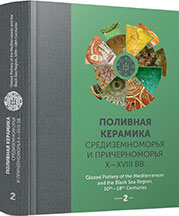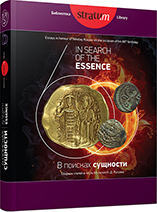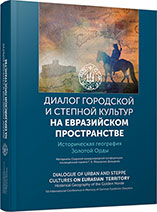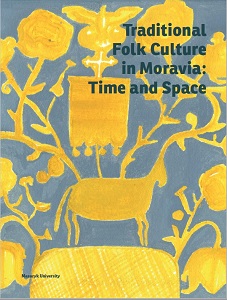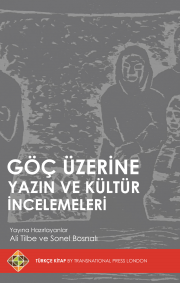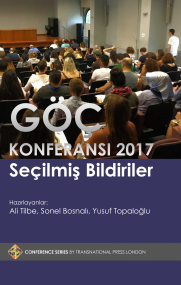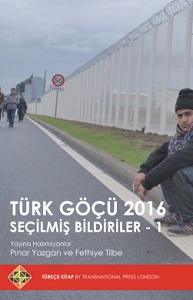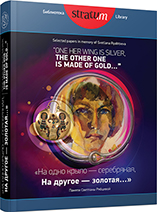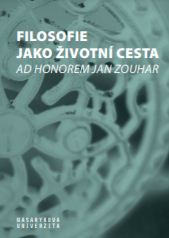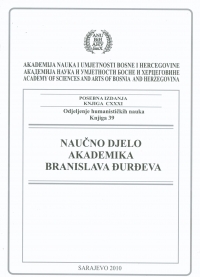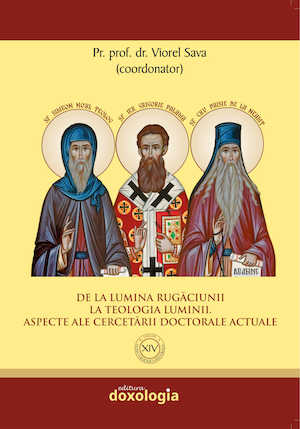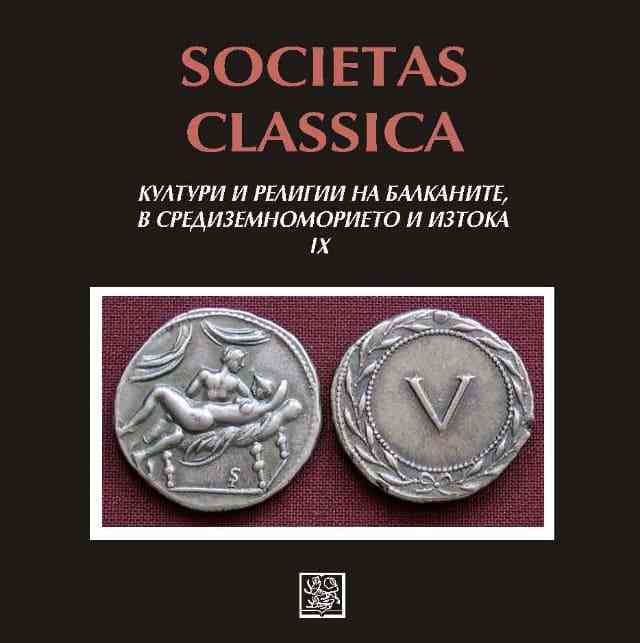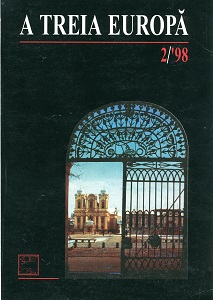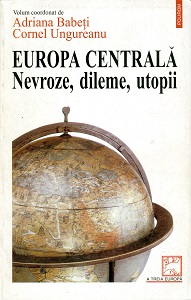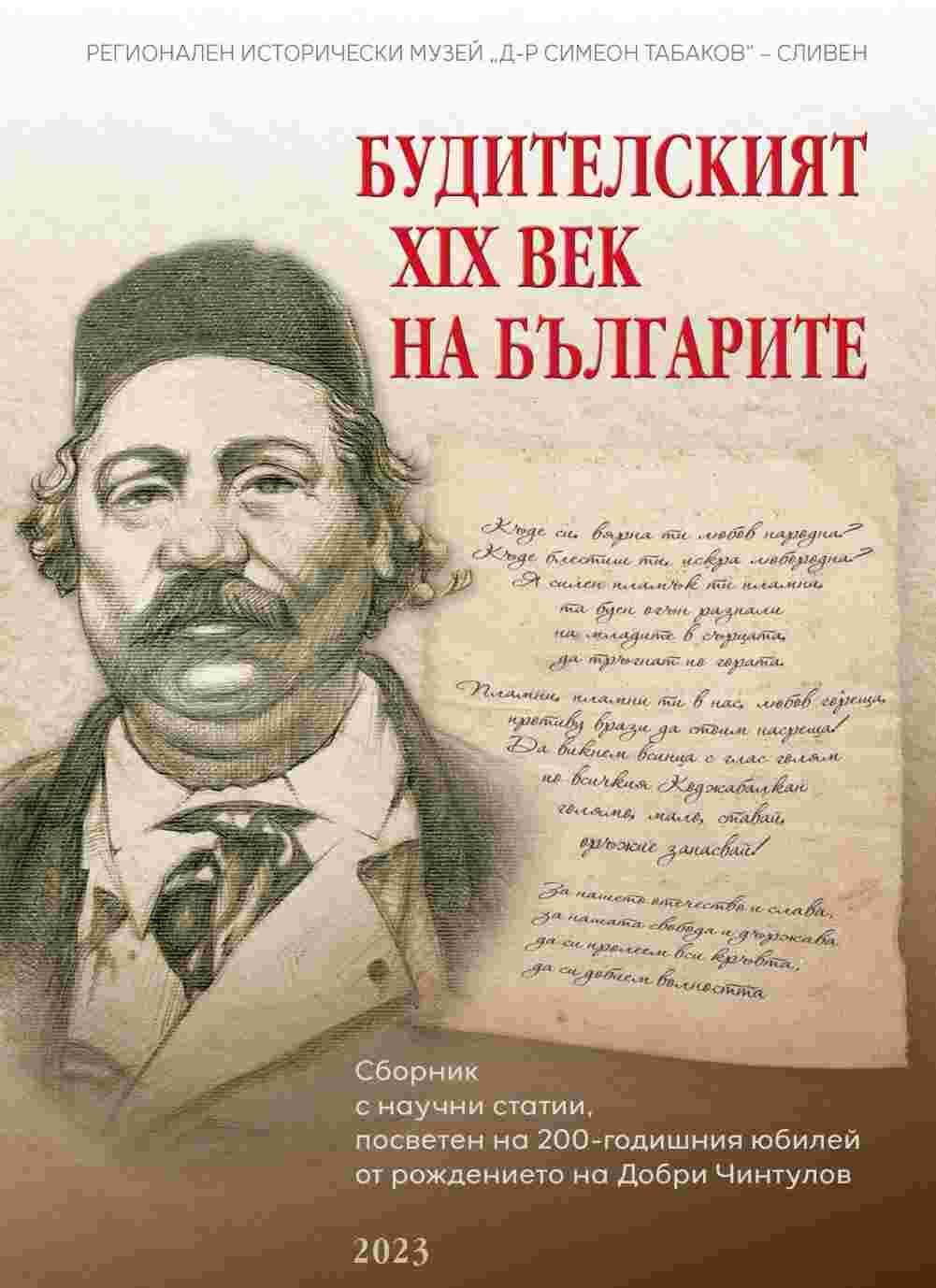Author(s): Ivar Ivask / Language(s): Romanian
Publication Year: 0
Înainte de toate, daca ne este permisă o generalizare într-un cadru atît de complex cum este cel reprezentat de literaturile Europei Răsăritene, găsesc că trei oameni, trei personalități ar fi mai în măsură decît mine să întreprindă o încercare atît de dificilă. Toți trei sînt binecunoscuți cercetători la unele dintre cele mai mari universități americane și au contribuit din plin și temeinic în a face mai accesibile în Occident literaturile din Estul Europei. Toți trei sînt poligloți și toți trei au o aceeași predispoziție pentru comparație, mediere, integrare: René Wellek, de la Universitatea din Yale, una din figurile centrale ale „literaturii comparate” și, nu mai puțin, un cercetător care a continuat să se ocupe de literatura lui de baștină, literatura cehă; Mircea Eliade, de la Universitatea din Chicago, unul dintre cercetătorii de vază în domeniul „religiei comparate” și, nu mai puțin, scriitor însemnat în limba română; și al treilea, Czeslaw Milosz, de la Universitatea din Berkeley, critic, istoric și traducător din poezia poloneză și probabil cel mai mare poet polonez în viață și, nu mai puțin, un remarcabil scriitor și eseist. Cu toate acestea, temerara încercare nu le-a revenit lor, ci mie-. Ce anume înțeleg prin termenii de „Europă Răsăriteană” și „literatură a Europei Răsăritene”? Este vorba în primul rînd de o paranteză vagă și plurilingvă oscilînd între mai definibila Germanie, la vest, și Rusia, la est. Dar în vreme ce literaturile rusă și germană au fost studiate cu dragoste și aclamate chiar pentru figurile de mîna a doua și a treia, numai patru premii Nobel, dintr-un total de șaptezeci și patru atribuite în acest secol, au fost considerate o recunoaștere suficientă pentru a pune în evidență roadele literare ale acestei „paranteze” est-europene, cu un Nobel mai mult decît mica Danemarcă. Și totuși, Europa Răsăriteană cuprinde unsprezece țări cu o suprafață de 748000 de mile pătrate, locuite de circa 114 milioane de locuitori, care vorbesc cincisprezece limbi diferite.
More...
